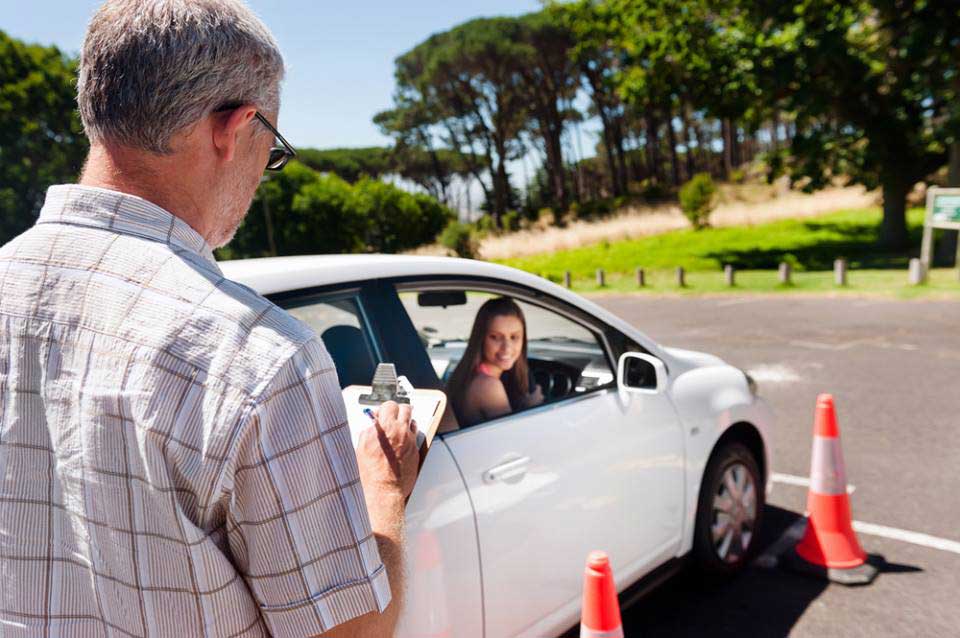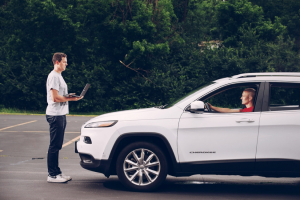Our southern neighbor is one of the top travel destinations for many Americans. With all the amazing landscapes, great food, and wildlife, it’s no wonder that is the case.
In fact, Mexico is so convenient that a lot of people decide to travel there in their own cars or mobile homes.
However, this is where some are primed for a culture shock – there are some cultural and customary differences which are quite substantial. So, if you are planning to visit Mexico in your own car this year, make sure you know what to expect.
#1. Insurance Is Obligatory
Even though this field was strangely under-regulated in the past, in the recent years, the government has brought universal laws which apply to the whole of Mexico, and now every car with foreign registration plates needs to have a specialized Mexican insurance policy.
These policies are available to purchase online, like from https://mexicaninsurance.com/Default1.aspx which makes the whole process a lot simpler and convenient. However, even if you haven’t obtained a policy before you left, you can buy it at the border.
One thing you don’t want to do is be caught without it. You will have to pay a $200 fine if a policeman pulls you over. However, if you cause an accident or are just involved in one, you are liable to pay as much as $1500, regardless of who was at fault for the accident.
Read more: affordable commercial truck insurance
#2. The Police
Speaking of the police, they are present on all major roads and they patrol them in search for lawbreakers. In Mexico, they are called Federales.
Whatever you have heard about the corruption in the Mexican police, tread lightly. Even though the custom is still very much alive and present, if you offer it publically in order for the police to look the other way, you may get a nasty surprise of offending a policeman or even getting arrested for attempted bribery.
#3. Speed Limits
The first and foremost thing to remember is that Mexico uses the metric system. That means that they use kilometers per hour, rather than miles per hour. The conversion is relatively simple, one mile is 1.6 kilometers.
Another thing which confuses a lot of American tourists is the respect for speed limits. In the US, it is customary to drive at, or just above the speeding limit and it is generally accepted. However, in Mexico, you should stick strictly to the speed limit, or drive just slightly below it.
#4. Toll Roads
Most of Mexico is covered by a network of modern toll roads which can get you where you want to go quickly and safely. However, as they are privately owned, the prices can vary drastically and can be quite steep. The tolls range from $2.5 to $15, depending on where you are.
When there are two roads for the same destination, the use of free roads is discouraged by the government by imposing stricter speed limits and having fewer lanes than the toll roads.
If you don’t speak Spanish, perhaps you should stick to the toll roads anyway as they are marked better. Having enough local currency is particularly important since the majority of toll roads don’t take foreign currency or credit cards.
#5. Green Angels
One interesting services which is offered on Mexican roads are the so-called Angeles Verdes or Green Angels. The roadside assistance operators are driving along the roads in green trucks, helping people to fix or move their cars on busy highways.
These mechanics are quite resourceful and have been known to repair serious damage with just the basics, like the well-known radiator leak repair with an egg.
The best part of it all is that servicing and providing information is completely free, except if you need gas or replacement parts, which you will have to pay for.
#6. Night Driving
Driving on free roads in Mexico is not the best idea. Chances are that you will encounter pedestrians and service animals which are not visually marked so you would need to be extra careful. Even toll roads can be poorly lit and used by pedestrians and cyclist, so be careful even on those.
In some remote parts, you may also find people sleeping on the warm roads to offset the cold of the night. However, it is the drunk driving which is relatively common that should concern you the most.
#7. Communication
Just like on the US roads, there are some signals that drivers give to each other. For instance, when driving behind someone, they might signal you with their left turning signal without changing speed. This is a signal that you can pass them freely. If someone driving behind you does that, they likely want to pass you.
If a person driving ahead of you turns on his hazard lights, slow down immediately; they are likely signaling to you that there is a road problem ahead and that you need to slow down.
There are many more fine details which you should pay attention to when driving in Mexico, but these are the basics.
















